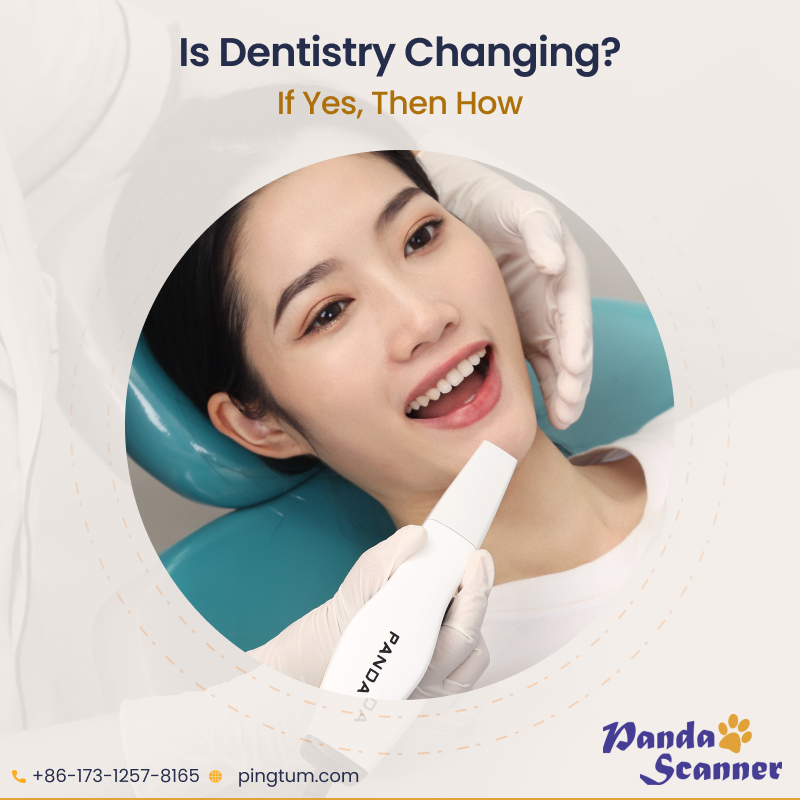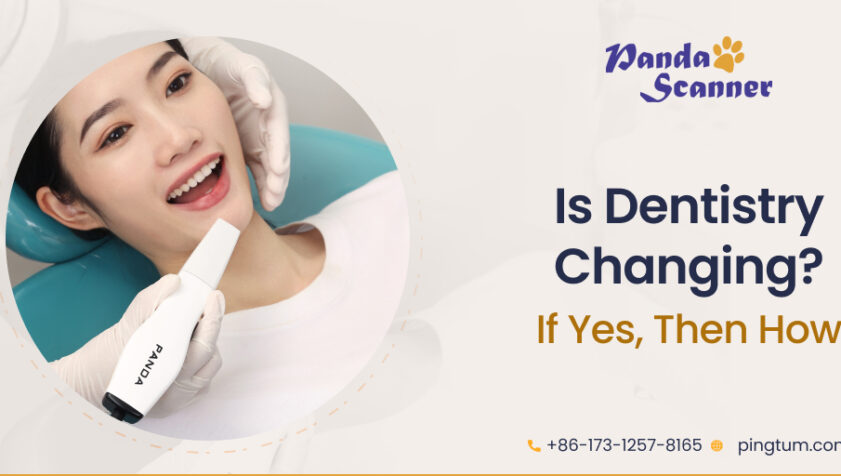The advancements in the world of dentistry have certainly made the tasks of dental professionals easier and more precise. Dentistry, or should we say, digital dentistry has evolved over the years and has become more techno driven. Moreover, it delivers a level of care a dental patient was not accustomed to receiving earlier. Also, it focuses on making the work of dental professionals convenient and risk-free.

Types of Digital Dentistry Used Presently
The changes in the world of modern dentistry are certainly brought forth with the introduction of certain tools and methods.
- Intraoral cameras
Transforming the present and future of dentistry are the intraoral cameras. These small cameras are fast replacing the tiny round-shaped mirrors that dental professionals have been using for ages. Owing to the high magnifying feature of these cameras, a tooth appears almost the size of a person’s head on a flat screen. This helps in detecting any potential oral health issues and addressing them. Since the patient too, gets a better view of the oral health issue(s), he or she also understands the importance of maintaining good oral health.
- Digital radiography
Taking the revolution in the world of dentistry to the next level is digital radiography. The traditional X-ray process used in dentistry was time-taking, risk-prone, and expensive. Moreover, the X-ray plates and readings of the same had to be physically delivered or collected. Contrarily, modern digital radiography offers a faster solution to these drawbacks. The images are readily available on the chairside computer and the files can be saved on a server or simply in the cloud. Thus, they could be instantly shared with the dental lab technicians on their phones or email IDs. The biggest benefit of digital radiography is that it exposes the patient to extremely reduced radiation, unlike traditional X-ray machines.
- Cancer screening tools
Oral cancer is one of the most common types of cancer and its early detection can save the patient from a lot of ordeal and trauma. Dental specialists are now using cancer screening tools where fluorescence imaging helps them to detect and see abnormalities and signs of cancer that may not be visible otherwise. When oral cancer is detected at the initial stage, it can be effectively treated. As a result, the patient gets an improved prognosis and takes a shorter recovery time. Besides, these tools are also efficient in detecting lesions and other potentially malignant disorders.
- Implant surgery with digital guidance
Even though this digital invention has not got wide exposure till now but with its benefits, it will surely do so in the coming years. A digitally guided implant surgery is now possible by guiding dental specialists to exactly identify and place the new implants in the specific jawbone structure with the use of an intraoral scanner. The number of patients getting dental implants is increasing every year and so, the demand for digitally guided implant surgery may achieve success as well. Importantly, this ensures that there are no mistakes or shifts in placing the implants in their exact locations.
- Information management
Bid adieu to the dossier for good as all dental records can now be stored on a computer. Dental clinics are fast adapting to the perfect blend of technological innovation as well as federal regulation to update their systems. This helps in better session scheduling, easier access to dental patients’ records without waiting, and does away with the fear of misplacing a paper. Additionally, it initiates improved workflows and simplified sharing of patients’ information.
Final words
Digital technology, tools, and innovations in dentistry are rapidly accelerating the efficiency of dental professionals and reducing the chances of errors. For example, an intraoral scanner is one of the biggest advancements in digital dentistry that provides direct and vivid optical impressions. It leads dentists to take accurate pictures of the teeth and recommend suitable treatment option within a specific timeframe.






